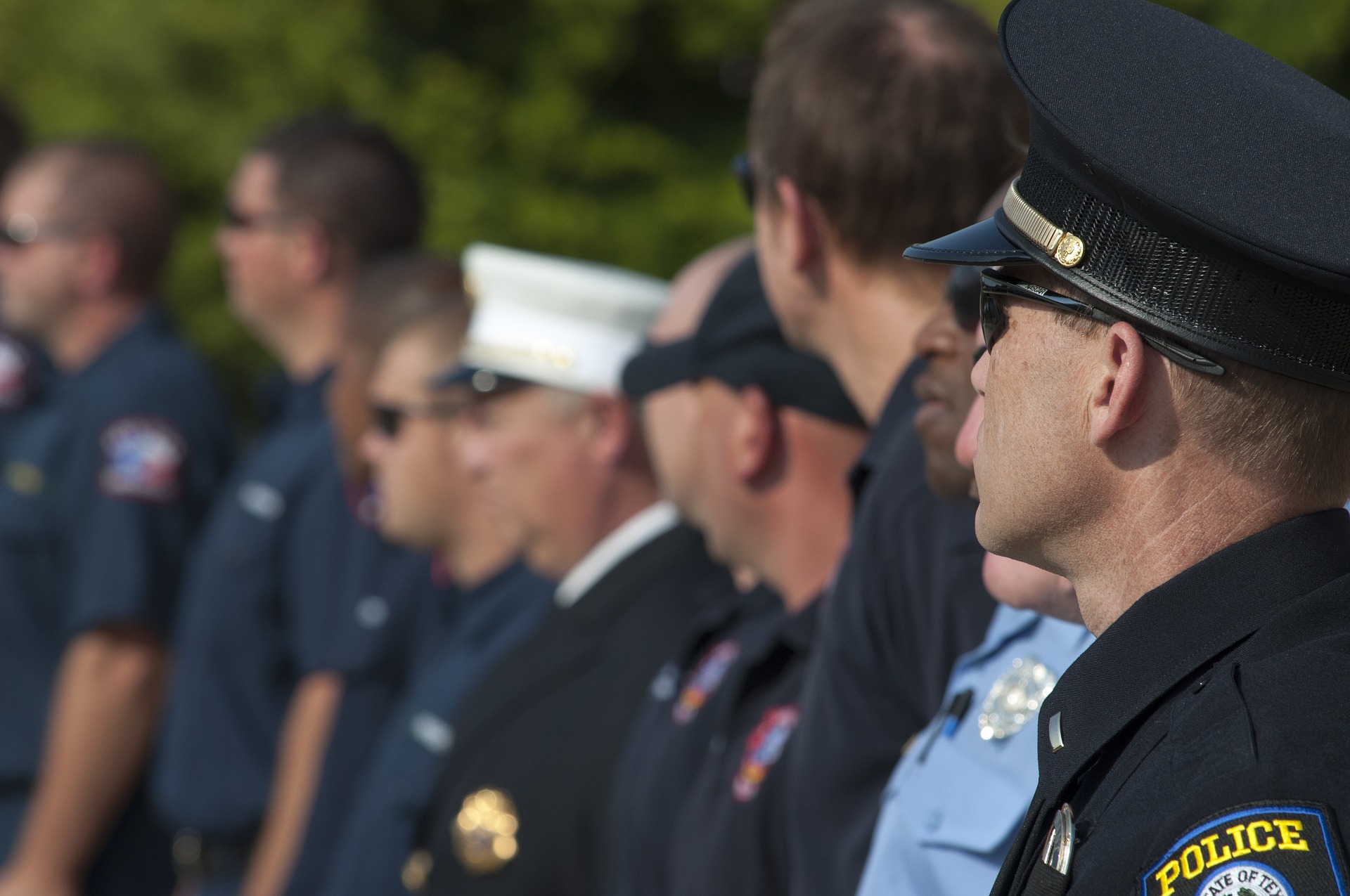Understanding the Constitutional Purview of Executive Orders
Delve into the realm of U.S constitutional law, examining how Executive Orders, as instruments of presidential authority, fit into and meaningfully interact with the country's legal landscape.

History of Executive Orders
Executive Orders, issued by the U.S President, have played a significant role in shaping U.S policy and administration since George Washington’s time. Throughout history, these directives have molded socio-political environments, sometimes igniting substantial controversy, triggered by their breath and discretionary nature. They have sparked significant legal discourse over their popper constitutional basis and place in America’s separation of power.
Powers and Restrictions
Executive Orders are derived from the U.S constitution’s Vesting Clause, which invests “The executive Power” in the President. However, this power is not absolute and unlimited—Congress and courts can scrutinize and check it. Notably, the Supreme Court’s famous Youngstown Sheet & Tube Co. vs. Sawyer ruling significantly limited presidential autonomy, outlining a framework for assessing the validity of these orders.
Modern Usage of Executive Orders
Recent U.S presidents have exercised their executive power, producing an abundance of laws in various spheres from immigration to climate change. Current discussions center on whether these laws, issued through Executive Orders, conserve constitutional checks and balances or end up in “governance by decree.” Debate on the trajectory and potency of these directives is as important now as it has ever been.
Influence and Impact
Executive Orders have altered the course of many citizens’ lives. The Japanese internment during World War II (Executive Order 9066), the desegregation of schools (Executive Order 10730), and policies that tackle climate change (Executive Order 13990) are powerful illustrations of their far-reaching effects. Understanding their impact underpins the wider debate on the appropriate checks on executive power.
Contemplating the Future of Executive Orders
As we witness new presidential decrees shaping America’s future, especially signaling dramatic policy shifts, the conversation on Executive Orders’ constitutional fitness becomes even more critical. Unpacking their legality, their limitations, implications, and the obligation to keep them under scrutiny is not merely an academic excursion. It pertains to the foundational aspects of democracy—binding us to analyze, understand, and preserve carefully balanced powers amid overshadowing executive discretion.
In conclusion, Executive Orders, binding instruments of presidential power, are an essential mechanism within a complex multi-layered government structure setup. Historically, they have realized significant policy changes and navigated the nation through bustling legal paradigms. Sitting comfortably within a Boundary of legality influenced by checks and balances, their influence undoubtedly shapes America’s law, policy, and governance. All citizens, bearing witness to this delicate dance of power and limitations, must understand their significance and domino effects.




